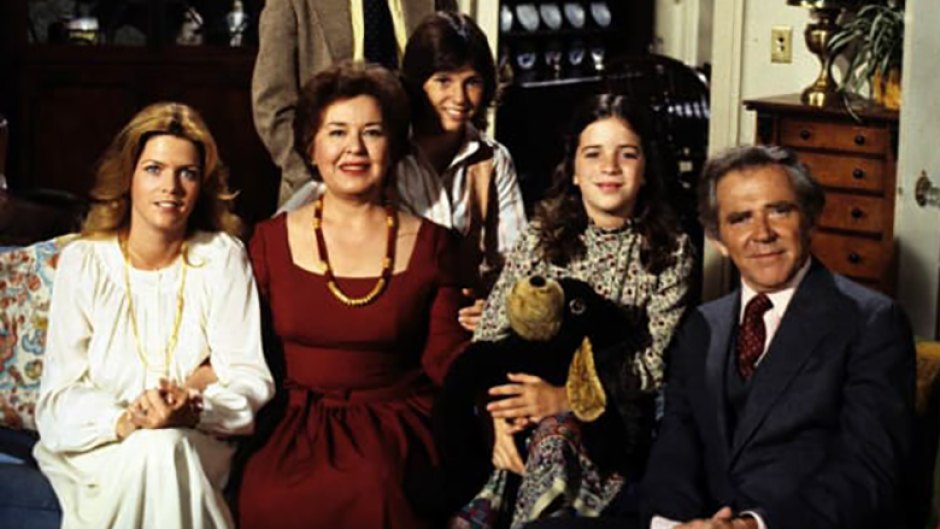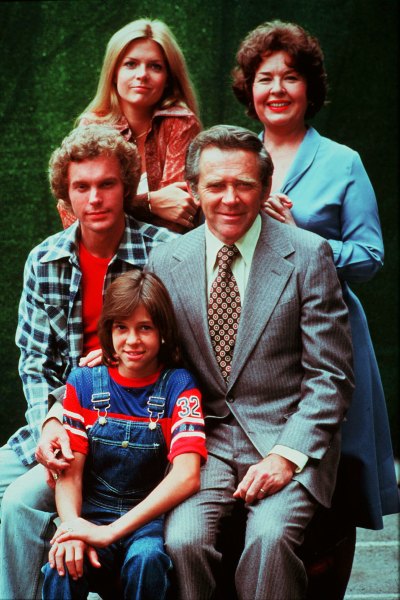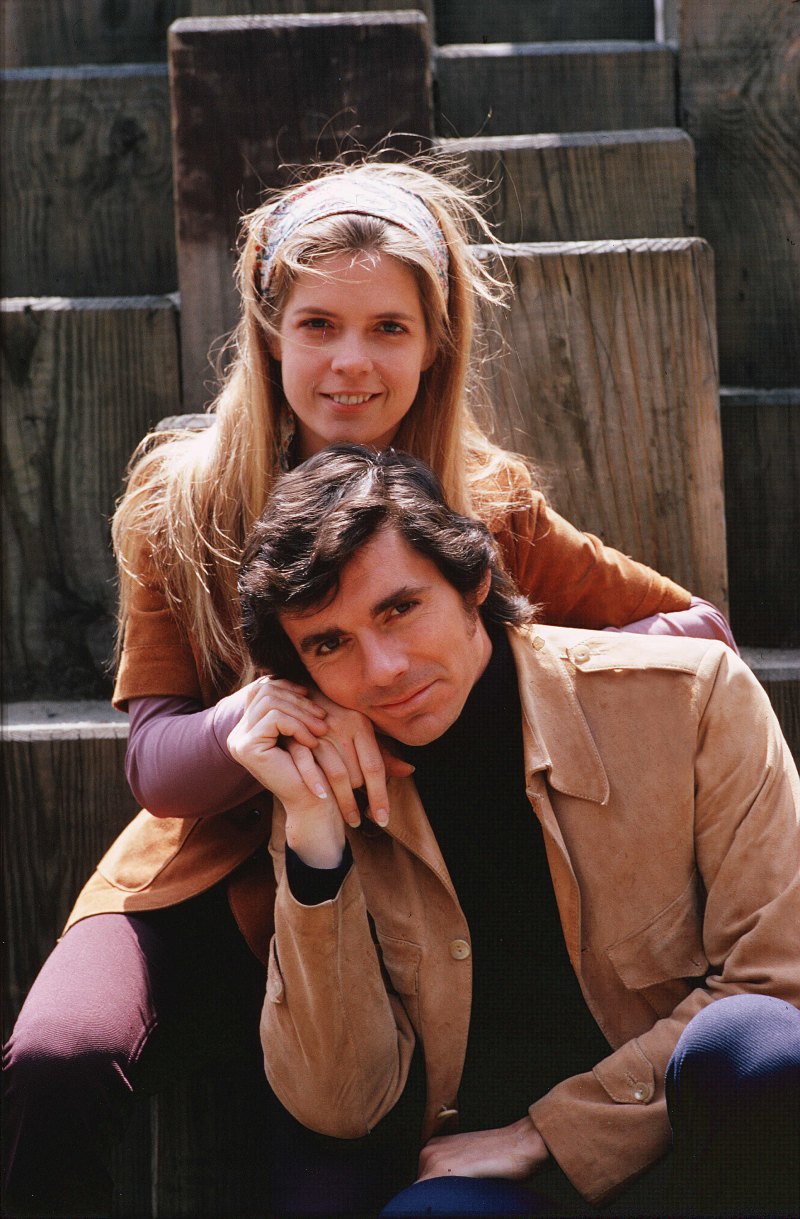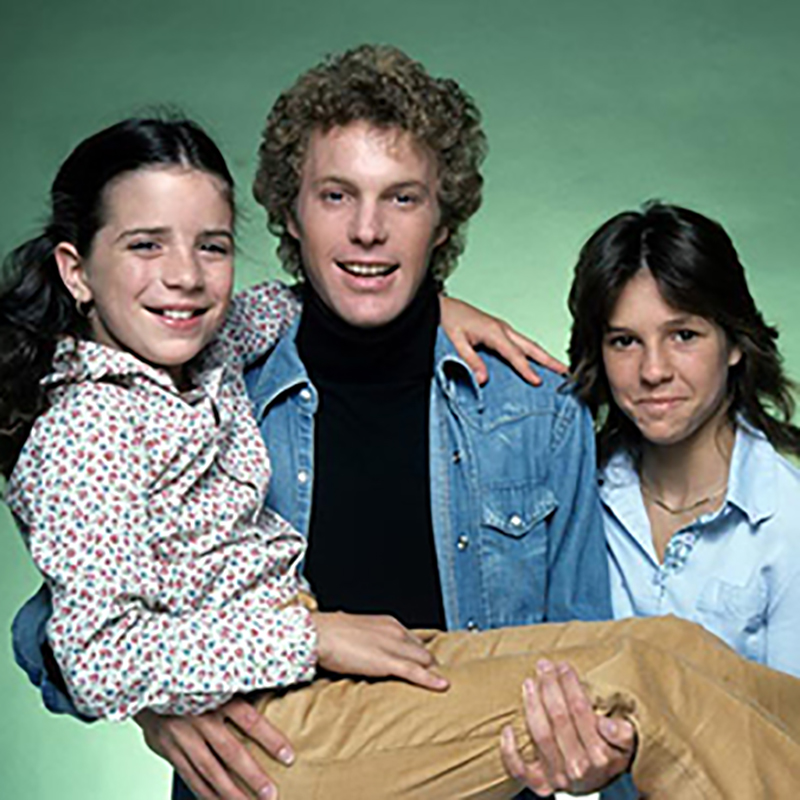
ABC
What Happened to the Cast of ‘Family’? Catch Up with Kristy McNichol and the Rest of the Lawrences
In the 1970s, television made a pretty strong shift towards more realism, capturing human beings rather than caricatures when it came to sitcoms (think All in the Family, The Mary Tyler Moore Show, MASH) and dramas that were more rooted in reality rather than just empty-headed action. One of the genuine surprises of that decade was the series Family.
That show, which ran from 1976 to 1979 for a total of 86 episodes, brought together a pretty incredible cast, ranging from veteran stage actors like James Broderick (who was also Matthew Broderick‘s father) and Sada Thompson, and had them act alongside a new generation of performer like Meredith Baxter (later to play Elyse Keaton on Family Ties) and Gary Frank along with newbies like Kristy McNichol, who was the epitome of the young actress being launched into super stardom from a TV show; and, a couple of seasons in, Quinn Cummings, who had so impressed audiences and critics alike in the 1977 Neil Simon film The Goodbye Girl. Across the board, it screamed quality. And that was just in front of the camera.

Behind the scenes, the executive producers were Leonard Goldberg and Aaron Spelling (Charlie’s Angels, Hart to Hart, Fantasy Island) and filmmaker Mike Nichols (The Graduate, Catch-22, Silkwood, Working Girl). And for good measure, Jay Presson Allen — a renowned screenwriter, playwright, stage director, television producer and novelist — was the one who wrote the teleplay and is credited with creating the show.
The concept is a pretty straightforward one: Sada and James play Kate and Doug Lawrence, a middle-class couple living with their three kids in California. Meredith is older daughter Nancy, Gary is son Willie and Kristy is Letitia, who has taken on the nickname of “Buddy,” and it’s them living life, going through the dramas and the laughs that we all do, that allowed the show to connect with the audience in the way that it did.
In 1978, TV Guide wrote a piece on the show that enthusiastically began, “Those of us who regard Family as one of the most consistently fine hours on television are loath to peer into the program’s clockworks to see what makes it go. We might find the illusion shattered. What if the Lawrences of Pasadena, so palpably real on the tube each week, and so decent, turned out to be — unmasked — just another troupe of bored and cynical actors, cleverly putting us on at show time? Blessedly, this is not so … What comes through on the air is an affirmation of Leonard Goldberg’s original hunch — that the death knell of the traditional American family is not yet ready to be rung.”

Shutterstock

Screen Gems/Kobal/Shutterstock

Kobal/Shutterstock

Abc-Tv/Kobal/Shutterstock

Ubu Prods/Kobal/Shutterstock

Ubu Prods/Kobal/Shutterstock

CBS

Richard Shotwell/Invision/AP/Shutterstock

CBS; ABC

ANL/Shutterstock

Warner Bros; Shutterstock

Shutterstock

ABC

ABC; HBO Pictures

Abc-Tv/Kobal/Shutterstock

AP/Shutterstock

Shutterstock

Abc-Tv/Kobal/Shutterstock

Paramount/Kobal/Shutterstock

Shutterstock







































